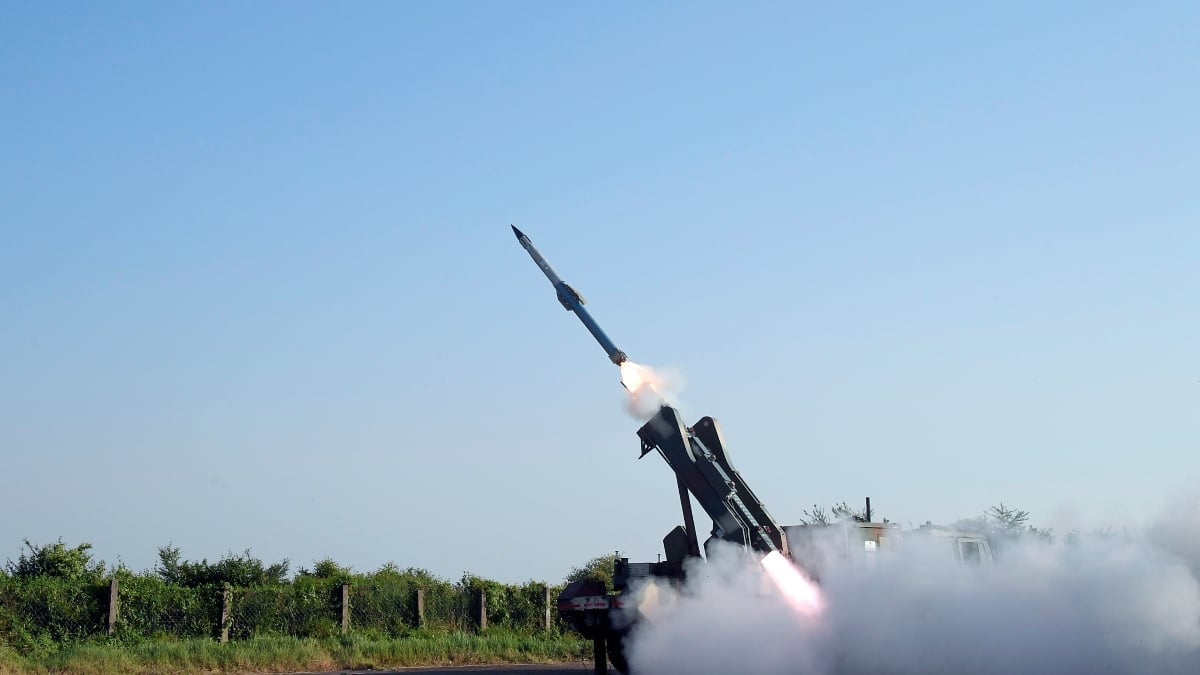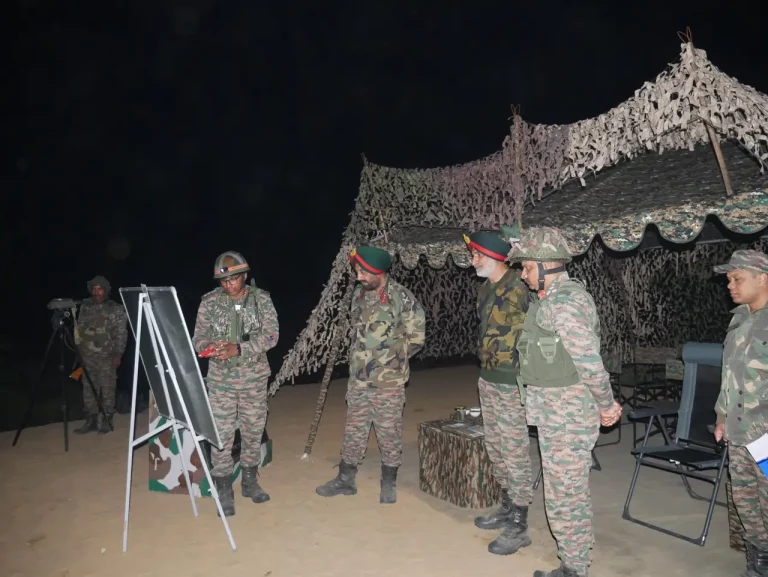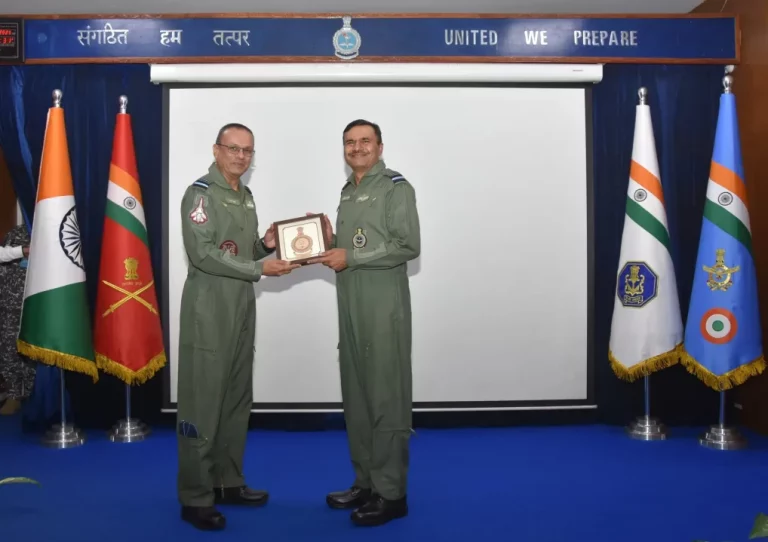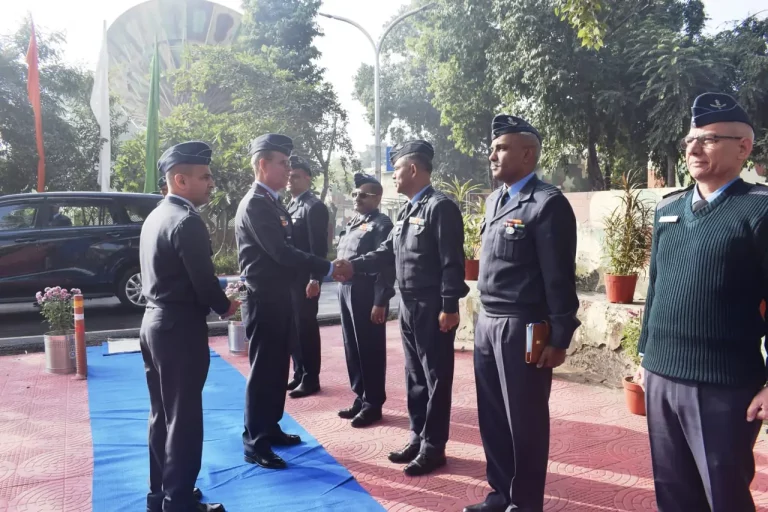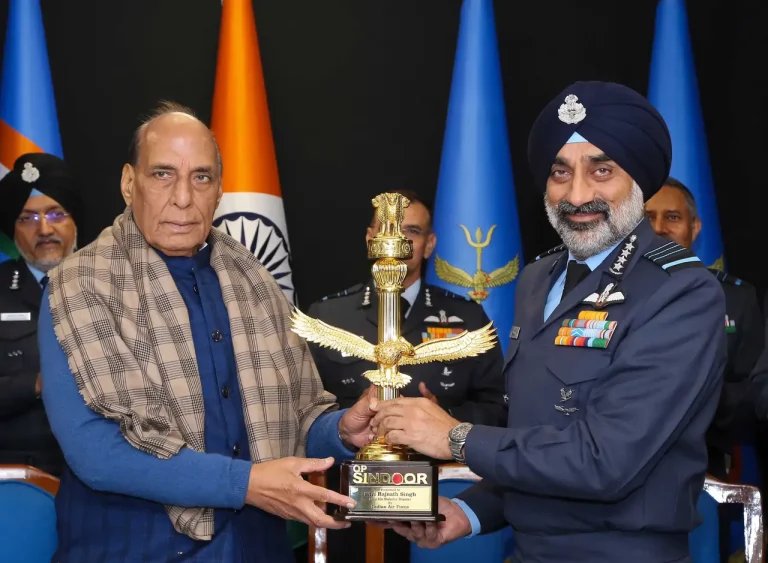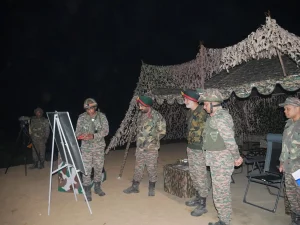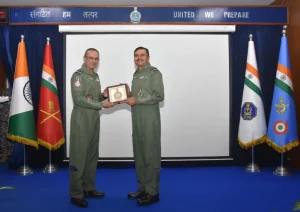The Defence Research and Development Organisation (DRDO) is making significant progress towards the development of an advanced multi-layered indigenous air defence system named Kusha. This system will encompass three distinct variants—Kusha M1, M2, and M3—with a goal of achieving full operational status within the Indian Armed Forces by 2030.
The Kusha M1 variant is designed to handle short-range threats, specifically targeting enemy aircraft and missiles at close distances. In contrast, the Kusha M2 will be classified as a medium-range surface-to-air missile system, allowing for more versatile operational capabilities. The most sophisticated version, Kusha M3, is set to intercept aerial targets located over 400 kilometers away.
One of the defining features of the Kusha system is its capability to deliver layered airspace protection. It aims to deploy multiple interceptor missiles that can secure zones extending from 100 to 200 kilometers. This multi-tier approach is intended to create a formidable shield against a variety of aerial threats. Notably, while the three variants will have different operational ranges, they will all utilize a common kill vehicle, with variations in booster configurations tailored to achieve the necessary range.
According to DRDO sources, testing for the Kusha M1 variant is slated for September 2025, with expectations for it to be inducted into service by 2028. The development timeline is ambitious, with the Kusha M2 and M3 variants anticipated to follow soon after; the M3 is projected to undergo its trials by 2027. Consequently, the entire Kusha air defence system is expected to be fully operational by the designated year of 2030.
This initiative is being positioned as India’s indigenous response to Russia’s S-500 missile defence system, with a particular focus on outpacing the capabilities of the existing S-400 Triumf missile defence system. The Indian Air Force (IAF) has already effectively utilized the S-400 during Operation Sindoor, where it countered cruise missile and kamikaze drone attacks originating from Pakistan.
Once fully inducted, the Kusha air defence system is expected to significantly bolster India’s defensive capabilities against kinetic projectiles, reinforcing the nation’s commitment to achieving self-reliance in advanced defence technology. Currently, India is awaiting the final two squadrons of the S-400 Triumf from Russia, part of a $5.4 billion deal inked in 2018, with complete delivery projected by 2026.
